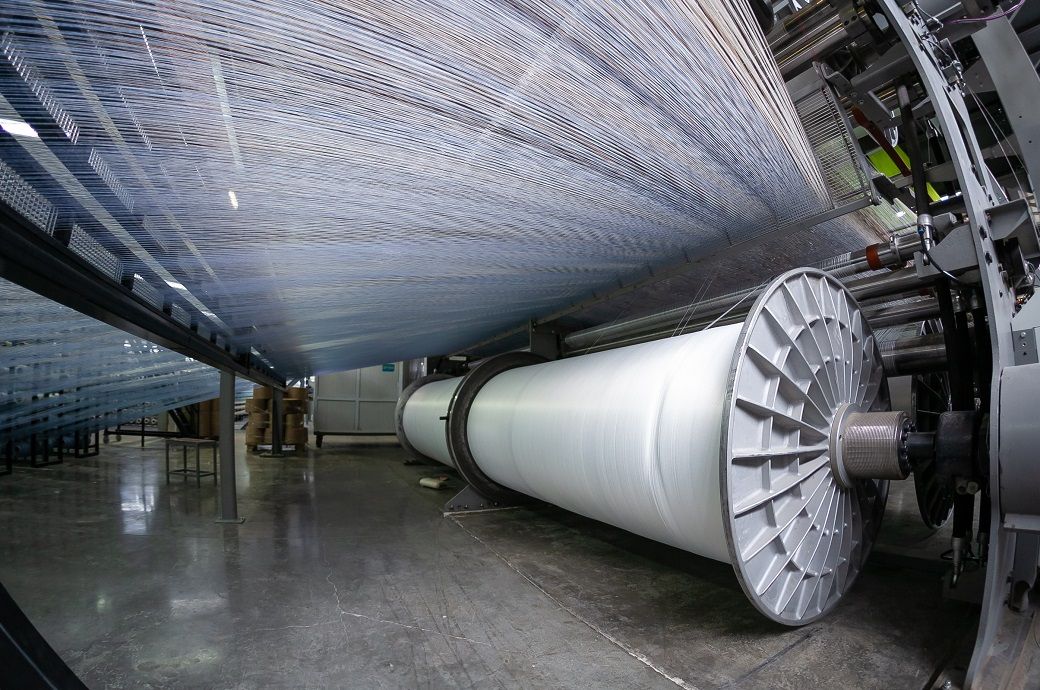Weak demand continued to weigh on the manufacturing sector at the start of the first quarter. Reports from surveyed firms highlighted factors such as still-high stocks levels among customers, tight financial conditions and geopolitical tensions. The rate of decline in new orders did however ease notably from the month before, slowing to the weakest since last April. The drag from falling export sales – which owed largely to the European market – also eased in January.
Germany’s manufacturing sector showed signs of improvement in January as output, new orders, and purchasing activity decline at slower rates.
While the manufacturing PMI increased to 45.5, it remains below the 50-point contraction threshold.
Weak demand, high customer stocks, financial constraints, and geopolitical tensions continue to affect the sector.
The latest decline in output, although still solid by historical standards, was the least marked for eight months. Purchasing activity among manufacturers continued to fall sharply, with firms commenting on not only lower production requirements but also ongoing efforts to streamline stocks. However, even on the buying front, latest data showed a slowdown in the rate of decline to the weakest since March last year, as per S&P Global.
There were reports of delays to deliveries of purchases from Asia, due to the rerouting of freight around the Cape of Good Hope. Average lead times, which had been improving rapidly up to January, broadly stabilised as the effect of weakening demand for inputs was counterbalanced by the shipping disruption.
Whilst transport costs reportedly increased in January, this was offset by declines in input prices elsewhere, linked in part to supplier discounts. Overall, the rate of decline in input costs remained sharp despite easing to the weakest for nine months.
Average factory gate charges meanwhile fell only modestly. Although quickening slightly since December, the rate of decline was still the second-slowest recorded since output charges began falling last June.
With backlogs of work still being depleted rapidly during January, German manufacturers maintained a preference for lower workforce numbers. Factory employment fell for the seventh month running and at a solid rate that was little changed from the previous survey period.
The reduction in staffing capacity also tallied with subdued expectations for activity in the year ahead. Business confidence eased since December and was well below the historical average, with the number of firms predicting output to rise over the next 12 months (29 per cent) only slightly exceeding those forecasting a decline (26 per cent).
Fibre2Fashion News Desk (DP)

:max_bytes(150000):strip_icc()/Health-GettyImages-1342980570-80531d9053c343799c89a6dbe9fcb768.jpg)



